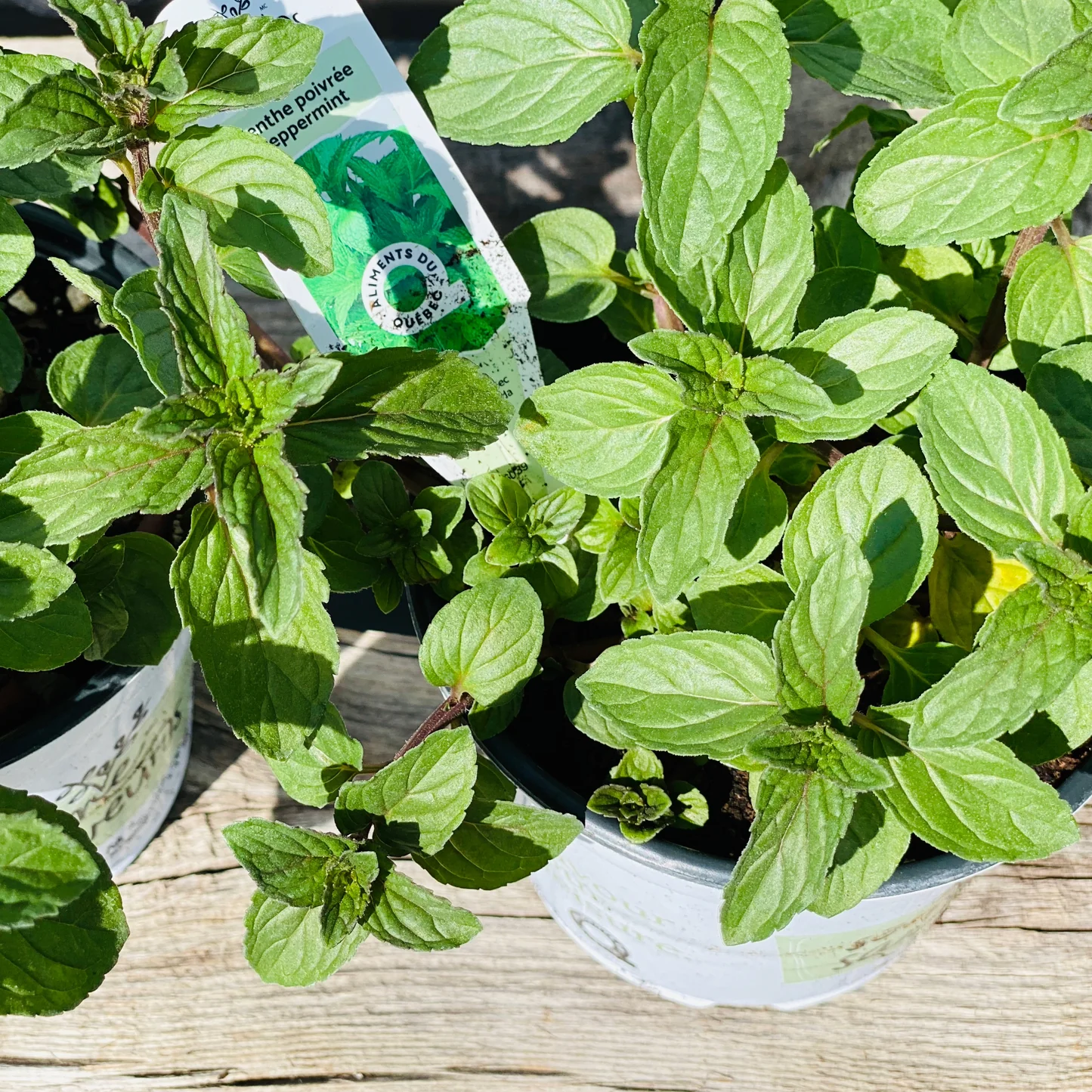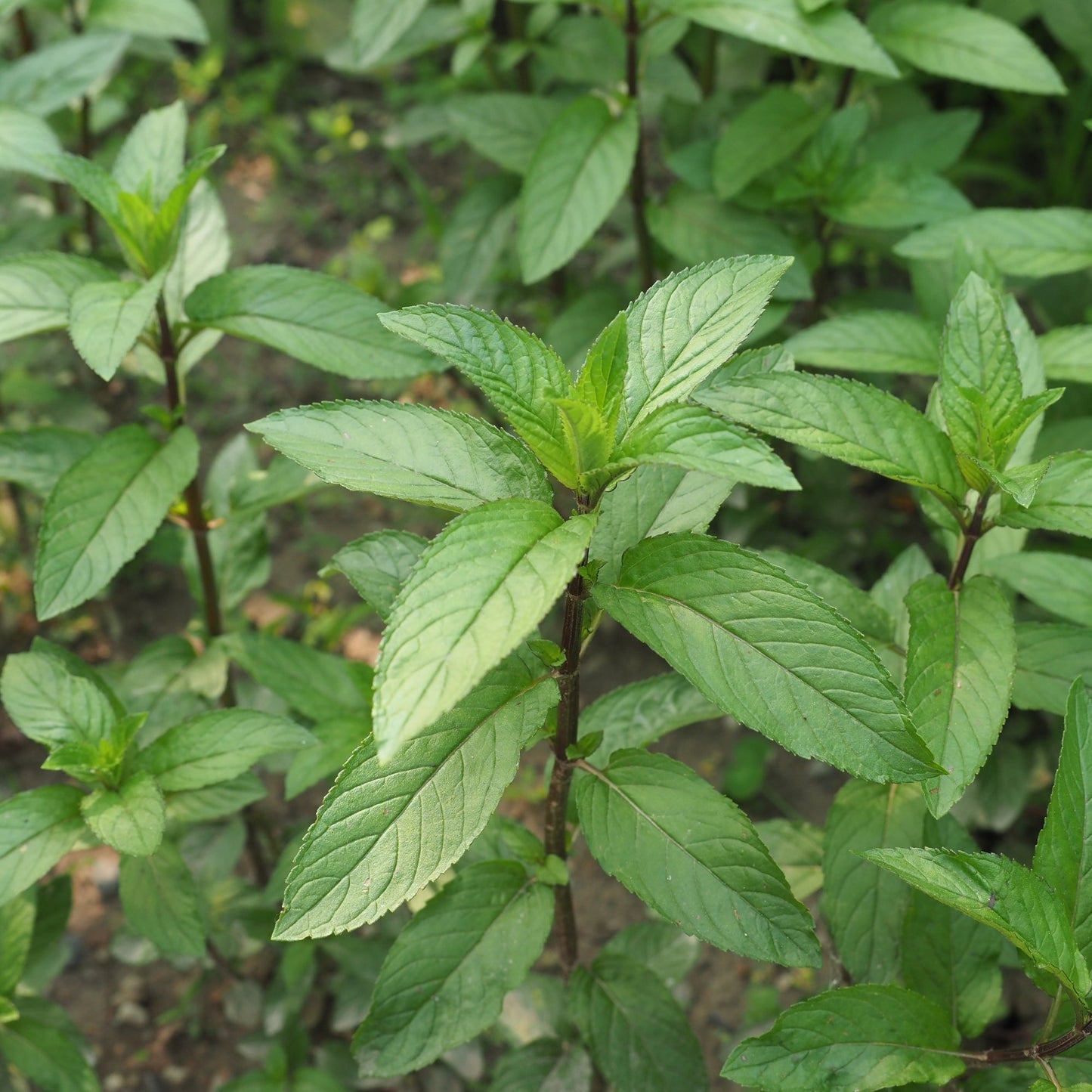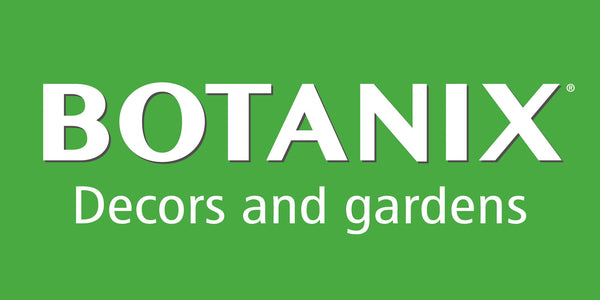1
/
of
2
Mentha × piperita
Mentha x piperita - Peppermint
Mentha x piperita - Peppermint
Exposure
- Sun
- Part-sun
- Part-shade
Rusticity
4, 5, 6, 7, 8, 9, 10, 11
Bloom time
- July
- August
- Pungent and refreshing taste
- Natural insect repellent
- Very vigorous growth
- Attracts pollinators
- Productive
Discover Mentha x piperita, an aromatic herb of unmatched intensity! Highly aromatic, it stands out with its pungent taste and refreshing aftertaste, perfect for infusing beverages, enhancing desserts, and elevating savory dishes. Also known as an effective natural repellent against insects and pests, this extremely vigorous and invasive perennial is a valuable asset for your garden, provided it's cultivated carefully to manage its exuberant spread.
Characteristics
- Foliage : The foliage consists of dark green leaves, often tinged with purple, highly aromatic with a powerful and characteristic peppermint scent. They are lance-shaped and slightly toothed.
- Bloom : Produces small spikes of mauve to purple flowers that appear in summer. These flowers are edible and very attractive to pollinators, including bees.
- Light : Thrives in full sun to partial shade. Full sun promotes a more intense aroma in the leaves.
- Habit : Its habit is upright and very spreading, quickly forming a dense clump with a strong tendency to expand via its underground rhizomes.
- Growth : Its growth is very fast and invasive. It can quickly colonize large areas if not contained.
- Humidity : Prefers consistently moist but well-rained soil. It does not tolerate prolonged drought, especially in full sun.
- Soil : Adapts to a variety of soil types, but prefers rich, cool, and well-drained soil.
- Temperature : Extremely hardy, it is well-adapted to cold winters.
- Watering : Requires average to regular watering. It is important to keep the soil moist, especially during hot, dry periods, or if grown in a pot.
Uses
- Types of Use : Indispensable in cooking for infusions (teas, herbal teas), refreshing beverages (e.g., mojitos), desserts, confections, and for flavouring various savoury dishes (meats, sauces). In the garden, it can be used as a natural repellent by planting near areas to protect from insects, or by rubbing its leaves on surfaces. Ideal in a pot on the patio to control its spread.
- Decorative Advantages : Its dense foliage and fragrance make it a visually and olfactorily pleasing addition. Its flowers attract pollinators, contributing to garden biodiversity.
Care
- Fertilization : A light application of compost in spring or occasional fertilization with a balanced herb fertilizer can support its vigour, but is often not essential if the soil is rich.
- Pruning : Harvest leaves and stems very regularly to stimulate continuous growth and keep the plant bushy. Pinch the tips of stems to delay flowering if you prioritize foliage. Cut the plant back to the ground after flowering or at the end of the season to rejuvenate the foliage.
- Planting :
- Distance : If planted in the ground, allow ample spacing (more than 60 cm / 2 feet) or plant it strictly in a large pot semi-buried in the ground to control its aggressive propagation. It can also be grown in a pot on the patio.
Plant details
Dimensions
Dimensions
Spacing
30 - cm
Spread
30 - 90 cm
Height
30 - 90 cm
Spacing
12 - in.
Spread
12 - 36 in.
Height
12 - 36 in.
Characteristics
Characteristics
Habit:
- Spreading
Flowering colours:
- Lilac
Plant needs
Plant needs
Watering:
- Regular
Maintenance:
- Easy. Harvest foliage regularly
Soil requirement:
- Riche
- Bien drainé
- Humide
Features
Features
Resistance:
- Cold
Attract:
- Pollinators
Use:
- Pot
- Full ground
Attribute:
- Invasive








